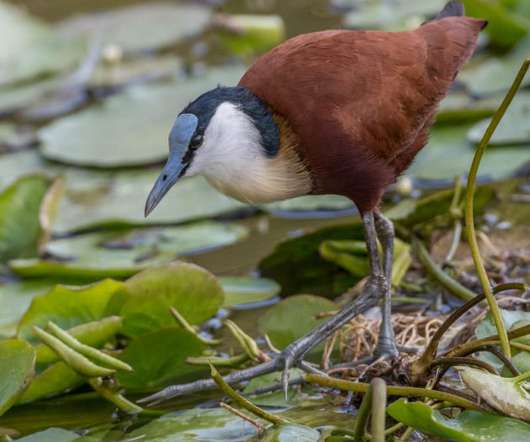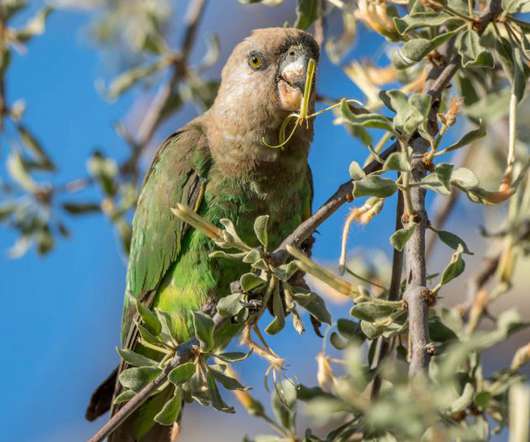Birding the Kruger Park (4): Letaba area
10,000 Birds
AUGUST 22, 2022
Reportedly, the Water Thick-knee sometimes locates its nest close to the nest of Nile crocodiles as this offers some protection. Others are being killed for use in traditional medicine. A bit like renting an apartment next to a mass murderer in the hope that this will deter other criminals, but as they say, nature knows best.











Let's personalize your content